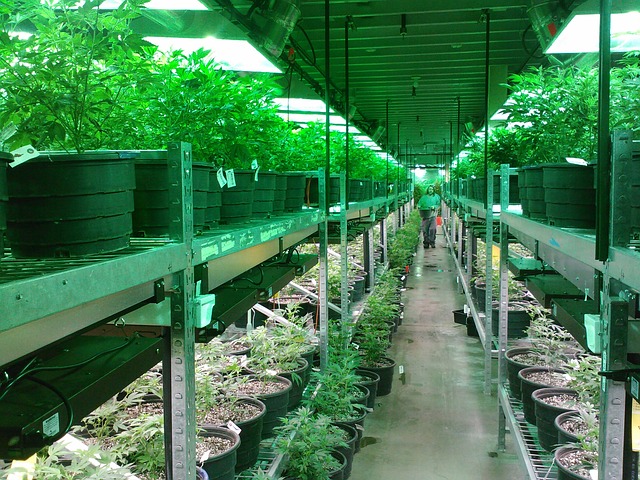Cannabis has been the target of research for a long time and only recently we have started to understand its potential. As a plant with many medical benefits, it was used a long time ago by our ancestors. With science on our side, we are now learning all the things that our ancestors knew.
This plant contains over a hundred different cannabinoids that interact with our body’s endocannabinoid system in different ways. The effects depend on the specific cannabinoid that is present, as well as the individual’s physiology. Today, cannabis consumption devices come in all shapes and sizes. From vape pens to uniquely designed bongs, there are a variety of ways to consume cannabis. Each device has its advantages and disadvantages, so it’s important to do some research before choosing one for you. However, regardless of which method you choose, there’s no doubt that this plant offers numerous benefits.
In this blog post, we will explore some of the current scientific understandings of how cannabinoids affect our minds and bodies.
The history of cannabis and its medicinal use
We can track down the use of cannabis for medical purposes back to ancient civilizations. As a plant that originates from Asia, its use was found in the pharmacopeia of the father of Chinese medicine. It was mainly used for pain-alleviation, as well as depression, arthritis, and many other medical issues.
In the 19th century, a wide variety of illnesses and diseases were treated using cannabis. As an example, it was used for problems such as neuralgia and convulsions. It was also proven as excellent in dealing with opiates and alcoholism addiction. Infective diseases were also part of the therapeutic spectrum.
The prohibition of cannabis in the 20th century led to its decline in popularity as a medicine. However, research into the benefits of this plant has resumed in recent years. That led to evidence that it is effective in treating certain medical conditions.
Despite the evidence, marijuana is still illegal in many countries. Although the future of this plant is still uncertain, there is still hope that it will eventually be legalized across the world.
How cannabis works in the body
While scientists were exploring THC which is one of the main particles of cannabis, they identified the endocannabinoid system. It has many regulatory functions in our body, including appetite, sleep, memory, and reproduction. The system consists of three things, cannabinoids, enzymes that degrade the cannabinoid particles, and receptors.
There are many different cannabinoids, some are produced from our bodies, and some are externally taken from cannabis consumption. The plant consists of more than a hundred cannabinoids, however, cannabidiol and THC are the most famous.
When cannabinoids get inside our blood, they are being transported across our body, where they get in contact with our cannabinoid receptors. There are two types of receptors, the first type is found in the brain and the second type is found peripherally. Their effects are related to their location in the body.
For example, if the substance targets the cannabinoid receptor type 1 it will target the brain which can lead to pain alleviation. In addition, if it targets receptor type 2, the effects are immunological. Since cannabidiol and THC can bind these receptors, their mechanism of action is easily understood.
Although there is still more to be explored, the evidence so far says that cannabinoids are effective and have a lot of potential medical benefits. However, before you get to use this medication, make sure to consult with your doctor for potential pharmaceutical interactions.
The potential benefits of cannabis for medical treatment
With so many possible applications, cannabis is one of the most versatile medications.
Chronic pain is a common condition that affects a large population of people and requires immediate treatment. Cannabinoids are proven to be great pain relievers so they make a great treatment alternative. Also, cannabinoids find a great-purpose treatment of PTSD and depression and are great against seizures.
Cancer is the most controversial topic because people believe that cannabinoids were curing this condition. This has not been proven yet, but it is still useful for preventing vomiting and nausea in patients that go under chemotherapy and radiation.
The side effects of using cannabinoids can vary. Respiratory problems, mental health problems such as psychosis, and impotence in men are just a couple. However, they can be easily managed if you change the application method, or only use a single cannabinoid that does not cause these problems.
With further legalization of the plant, more people will have the chance to use the therapeutical benefits of this plant. Hopefully, this will happen soon to expand the range of medicines and get people better care.







Recent Comments